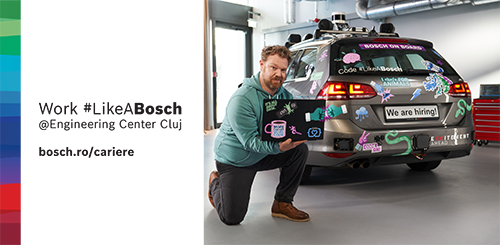DSLs: the rapid development solution to domain specific adaptation
In the software development industry, we need to solve problems we encounter every day. To define the solution for a given problem, we use some programming languages and usually the solution consists in a piece of software. Problems and solutions can vary, but very often we see that some of them are repetitive and this can create frustration for developers. For such cases, developers came up with some generic approaches in either *design patterns* or architectural solutions. However, even in this case, repeating the same architectural solution can be frustrating and time consuming. In this context, some of the developers come out with a new solution in the area of Domain-Specific Language - a way to create new languages which are focused to resolve small and well regulated problems from a given domain, making it easier for development work.
















 [2011-09-05].jpg)
 [2016-09-26].jpg)
















 [2016-10-03].jpg)
 [2016-08-17].jpg)












